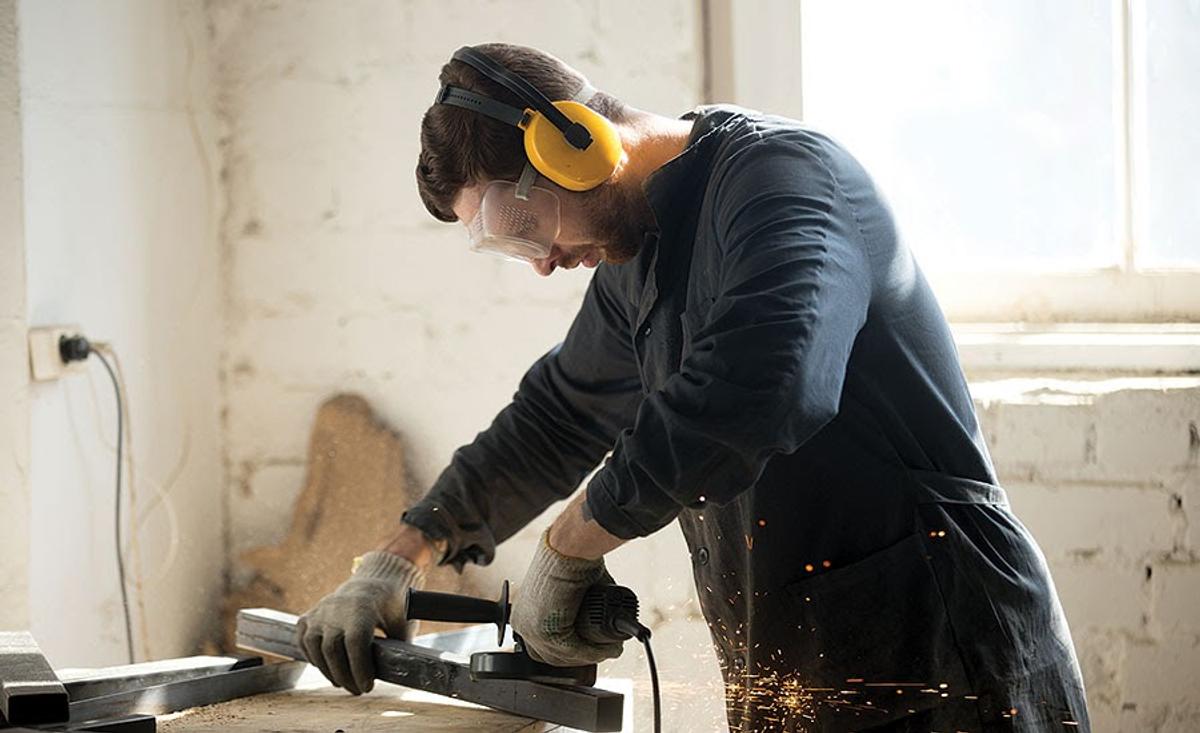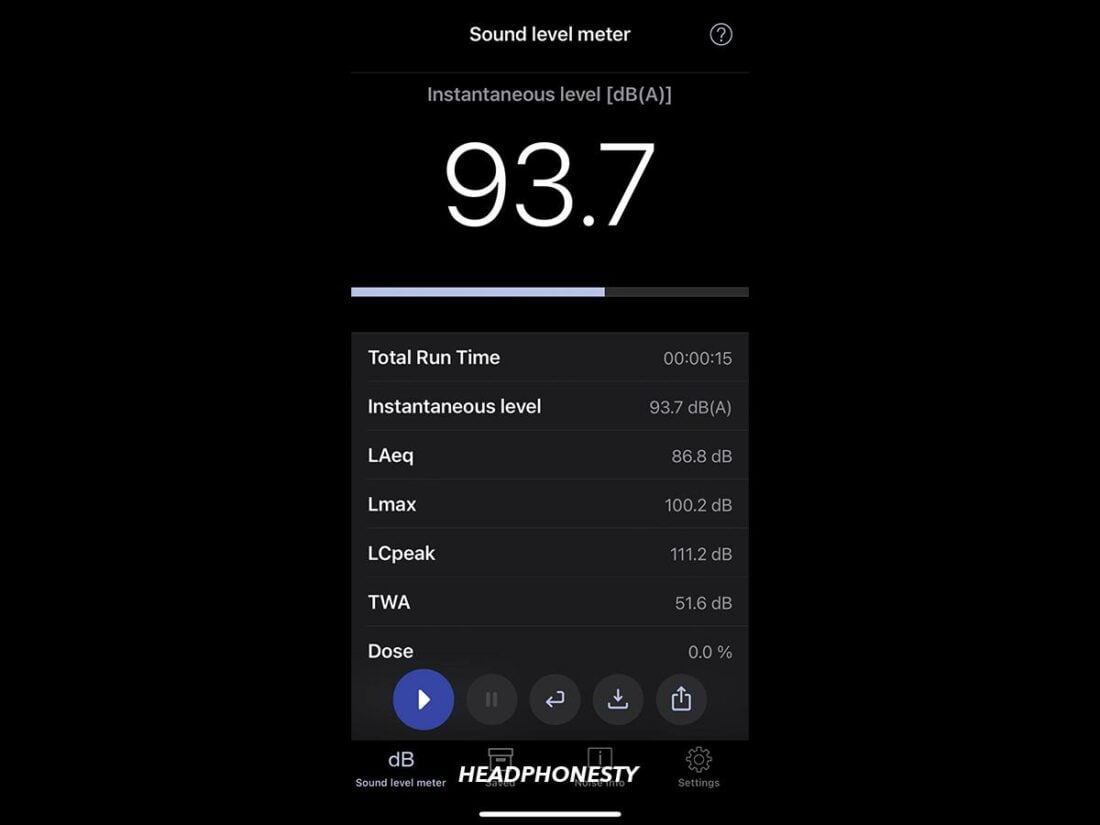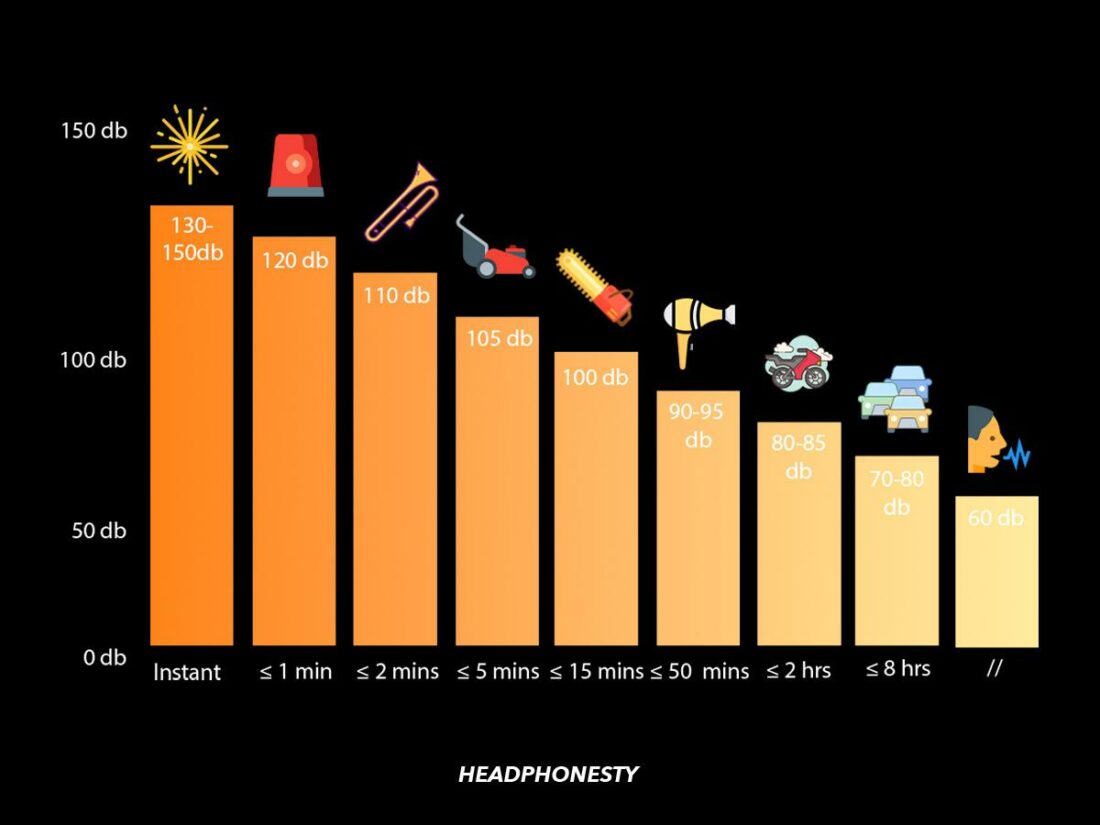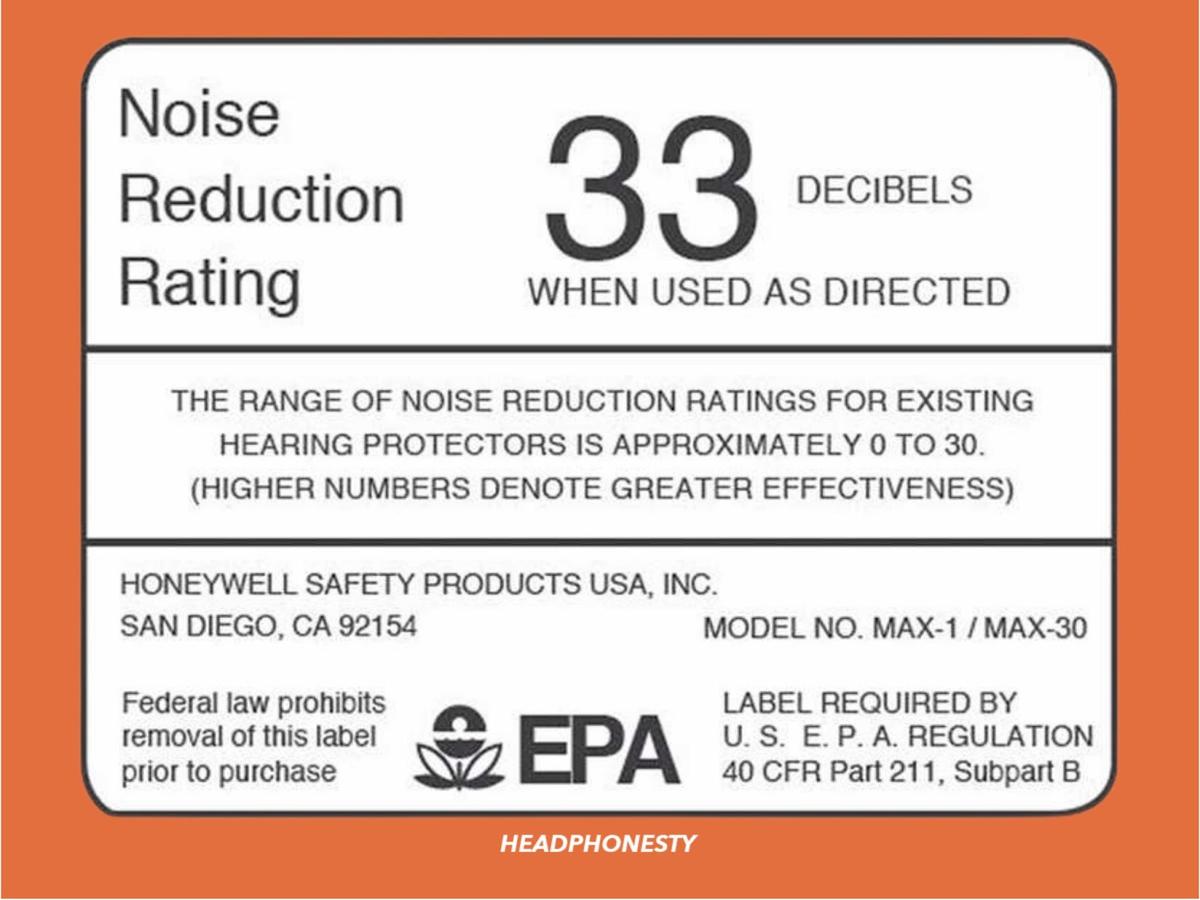Learn how to keep your ears safe by choosing the right hearing protection devices.
If you work in a noisy environment, a hearing protection device safeguards your ears from potential damage.
However, selecting the right device is tricky, as it needs to be comfortable, effective, and well-suited for the workplace.
The choice becomes easier if you know what factors to take into account. We’ve listed them below, along with tips on choosing the perfect hearing protection device. Let’s dive in!
1. How Much Noise Reduction Do You Need?
Ideally, you should get a hearing protection device (HPD) with a Noise Reduction Rating (NRR) that, when subtracted from the noise levels in your environment, ensures an exposure below safety recommendations (85 dB for up to 8 hours per day).
To pick a suitable HPD, follow these steps:
- Use a sound level meter to measure the noise levels at your workplace in decibels (dB). You can also use the NIOSH Sound Level Meter app, available for iOS devices.
NIOSH Sound Level Meter app. - Figure out how damaging the noise is. For reference, here’s the permissible noise exposure, as recommended by the Occupational Safety and Health Administration (OSHA).
Loudness and exposures limits as set by OSHA - Check the NRR for the HPD you’re considering. The rating is a rough estimate of how many decibels the device can reduce noise by. For instance, an HPD with a 22 NRR will reduce noise levels by 22 dB.
Noise Reduction Rating label for a hearing protection device.
2. Compatibility With Your Work Environment
Assessing the conditions in your work environment helps you determine which type of HPD is appropriate for you. Ask yourself these key questions to make an informed decision:
- Is communication vital? If you need to communicate with coworkers or hear warning signals while wearing hearing protection, flat attenuation HPDs or HPDs with acoustic filters allow you to communicate and hear your surroundings while reducing noise.
- Do my hands get dirty during work? Earmuffs work better than earplugs in dirty environments since you don’t have to dig around in your ear to put them on.
- What are the types of noises at my workplace? If the noise in your environment remains relatively constant throughout the day, select HPDs that offer consistent protection, like disposable earplugs. If noises are intermittent, earmuffs might work better since they’re easy to put on and take off as needed.
3. Comfort and Convenience
Comfort is another essential factor when choosing an HPD, especially if you’ll be wearing the device for hours on end.
The device’s comfortability depends on various factors, including:
- Clamping force: Earmuffs with strong clamping force are great for sealing external noise but may be uncomfortable to wear for long periods.
- Temperature: Earmuffs feel stifling in hot or poorly ventilated spaces, so you may want to opt for earplugs instead.
- Size: An ill-fitting earplug can cause irritation or discomfort in the ear canal, while earmuffs that don’t fit well lead to discomfort and pressure points.
- Weight: Heavier devices may cause fatigue as they exert pressure on your head and ears.
- Materials: Earplugs or ear cushions made from quality hypoallergenic materials (like silicone or memory foam) are more comfortable for prolonged use. Also, an earmuff headband padded with soft foam or cushioning materials distributes pressure evenly and reduces discomfort.
4. Ease of Fit & Use
Your HPD must fit well to provide you with the appropriate amount of hearing protection. With earmuffs, the headband needs to have a sturdy clamping force, while the earcups should encompass the entirety of your ear.
With earplugs, they must be small enough to fit your ear canal, but wide enough to provide a good seal.
Additionally, the HPDs should be easy to put on and take off to avoid unnecessary stress during the workday. Push-to-fit earplugs are a breeze to insert and remove, while helmet-mounted earmuffs are convenient for those who require extra equipment.
5. Compatibility With Other Personal Protective Equipment
If you have to put on other personal protective equipment (PPE), ensure that your HPD of choice is compatible with it.
When wearing earmuffs with other PPEs, the general rule of thumb is that the cushioned seal around the ear shouldn’t be broken. If it is, earplugs are a more viable choice.
A hard hat, eye protection, or a respirator can interfere with the effectiveness of the HPD.
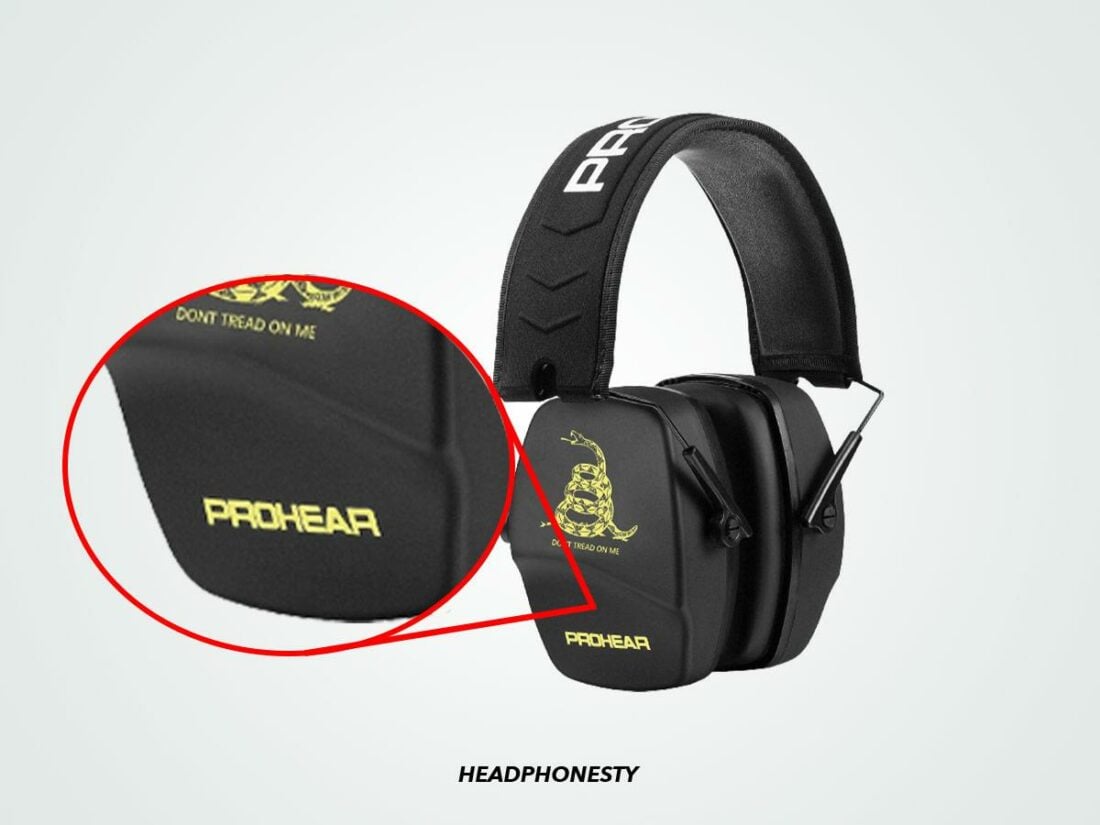
What Is the Best Type of Hearing Protection Device?
The most common types of hearing protection devices are earplugs and earmuffs. Each comes with advantages or disadvantages:
| Type of HPD | Advantages | Disadvantages |
|---|---|---|
| Earmuffs |
|
|
| Earplugs |
|
|
Frequently Asked Questions
- When do you need hearing protection?
- How do you test the effectiveness of hearing protection?
- Does hearing protection expire?
When do you need hearing protection?
Anyone who’s constantly exposed to noises above the 85dB limit should wear HPDs. This includes going to activities like shooting, lawn mowing, concerts, and so on.
How do you test the effectiveness of hearing protection?
While you can’t professionally test the effectiveness of HPD at home, you can perform a short assessment as suggested by the CDC to determine if the device is up to par.
Does hearing protection expire?
Hearing protection devices don’t expire but lose their effectiveness over time. The more you use them, the more the materials wear out, reducing the HPD’s ability to block out noise. The headband on earmuffs relaxes, while earplugs or ear cups become less elastic. You should get a replacement if the HPD no longer ensures a snug fit.
